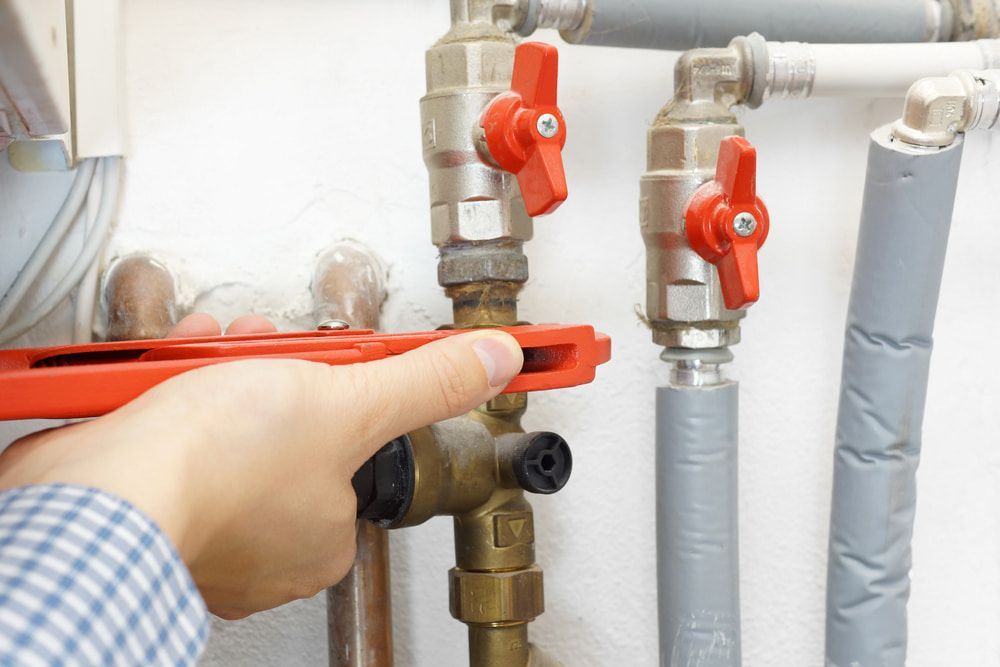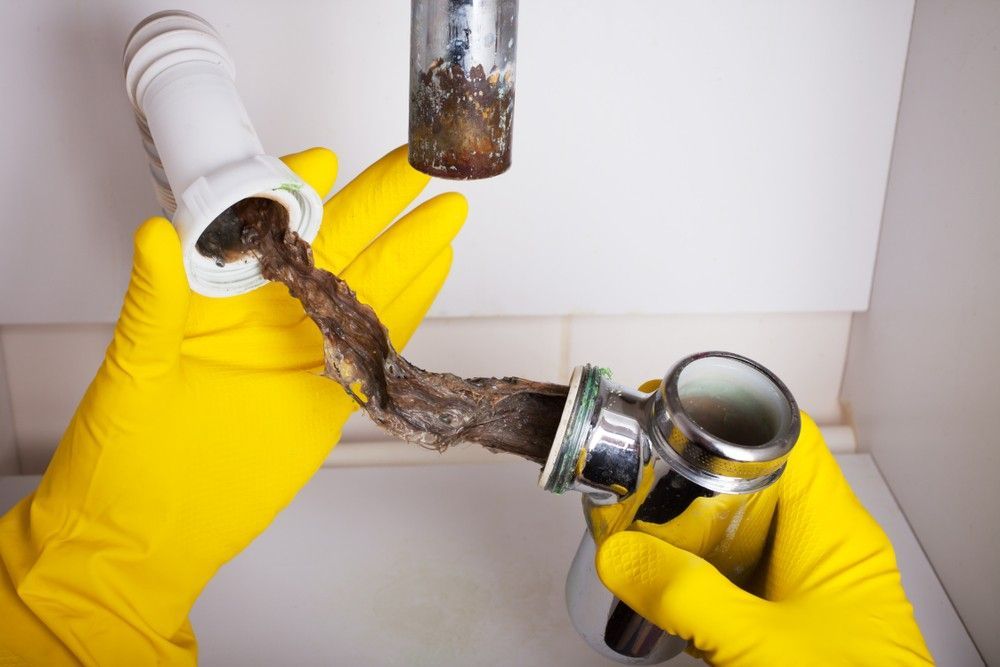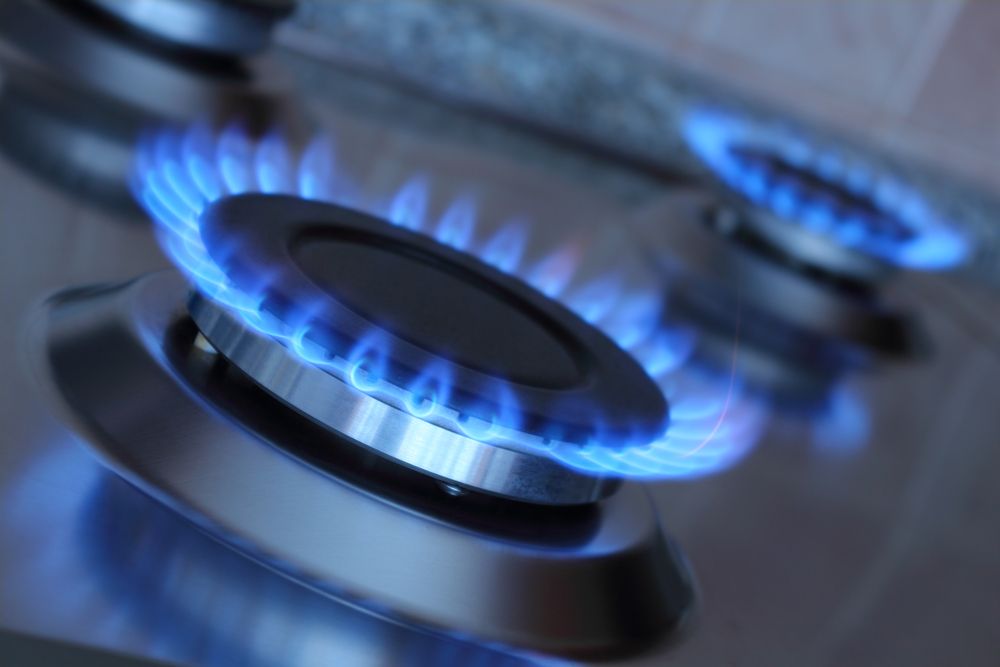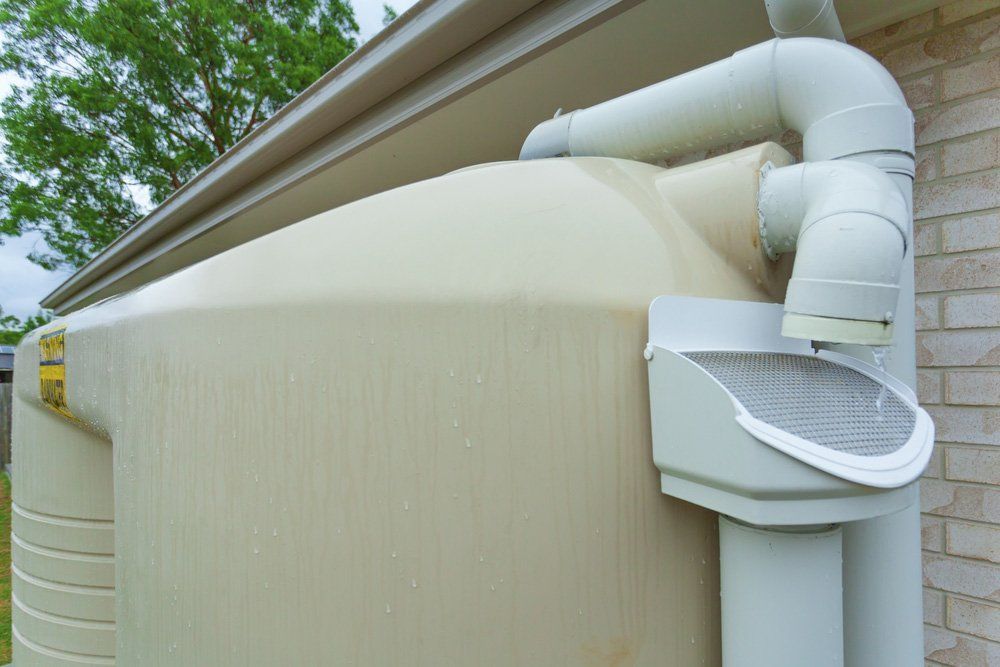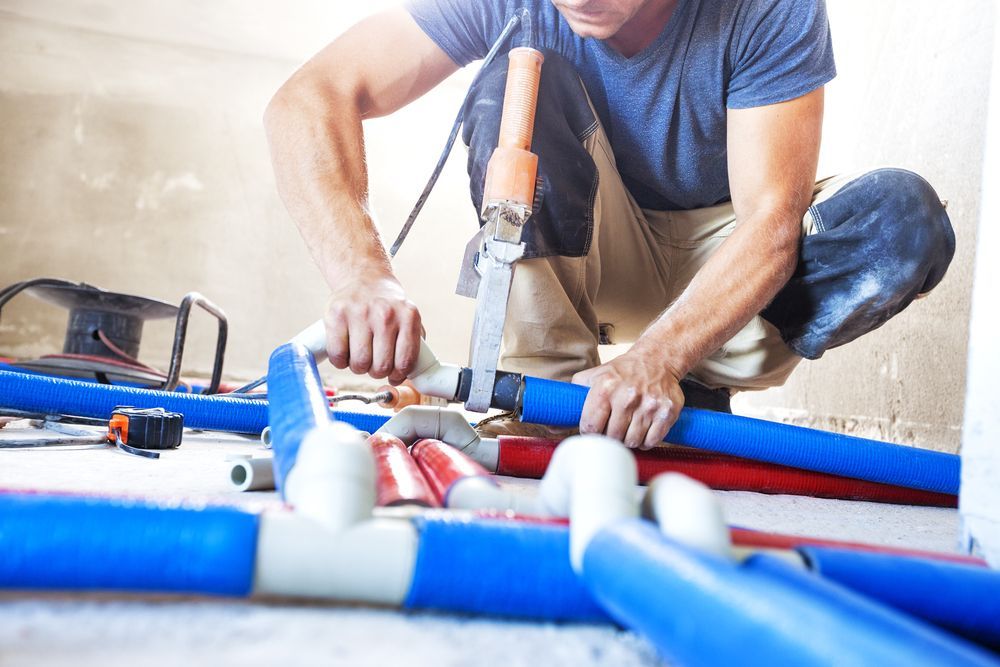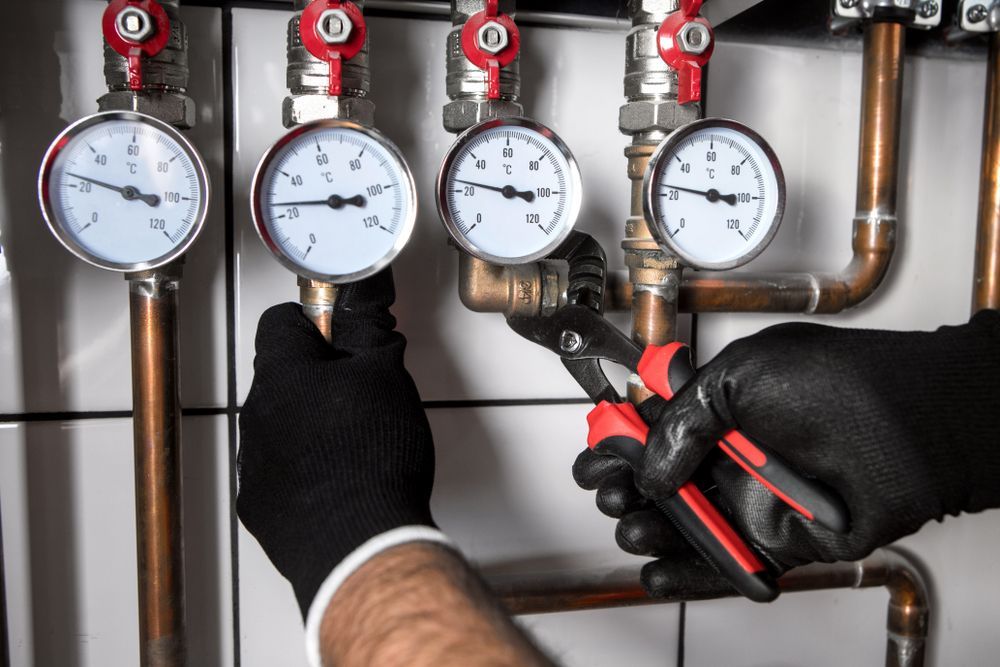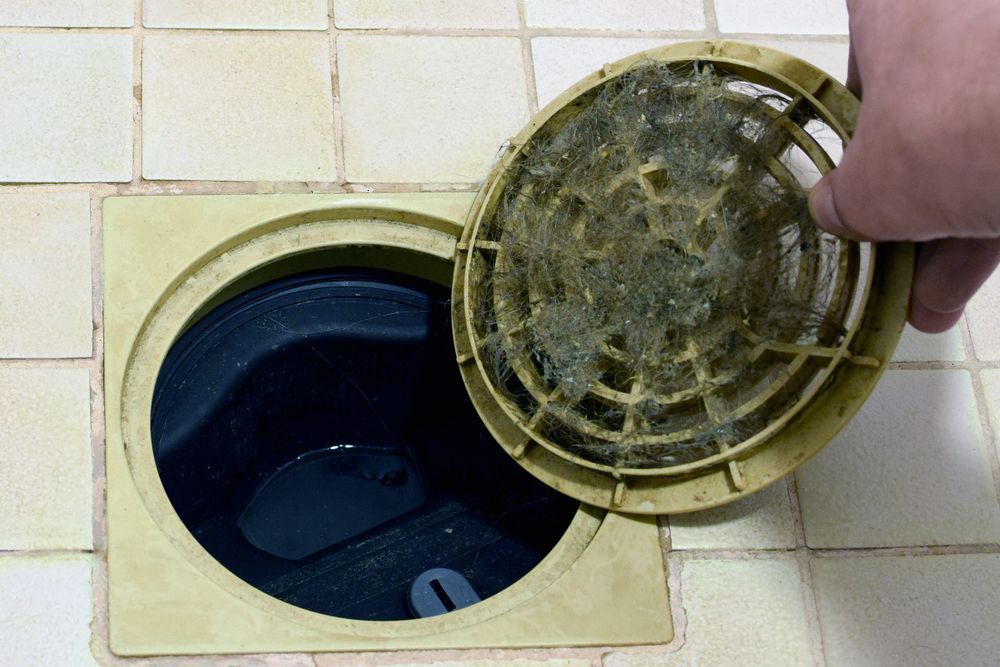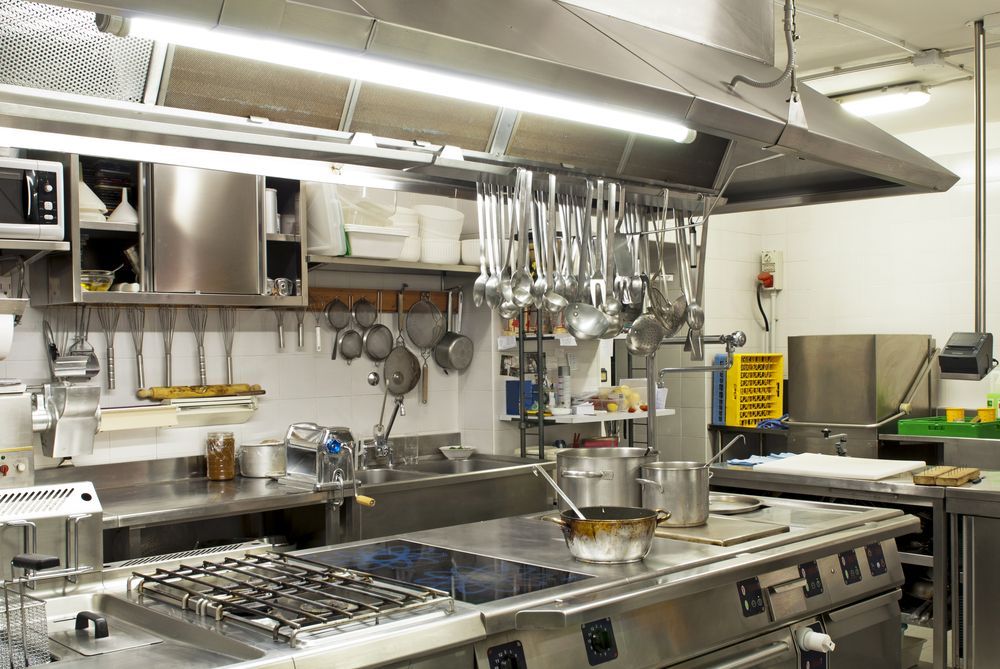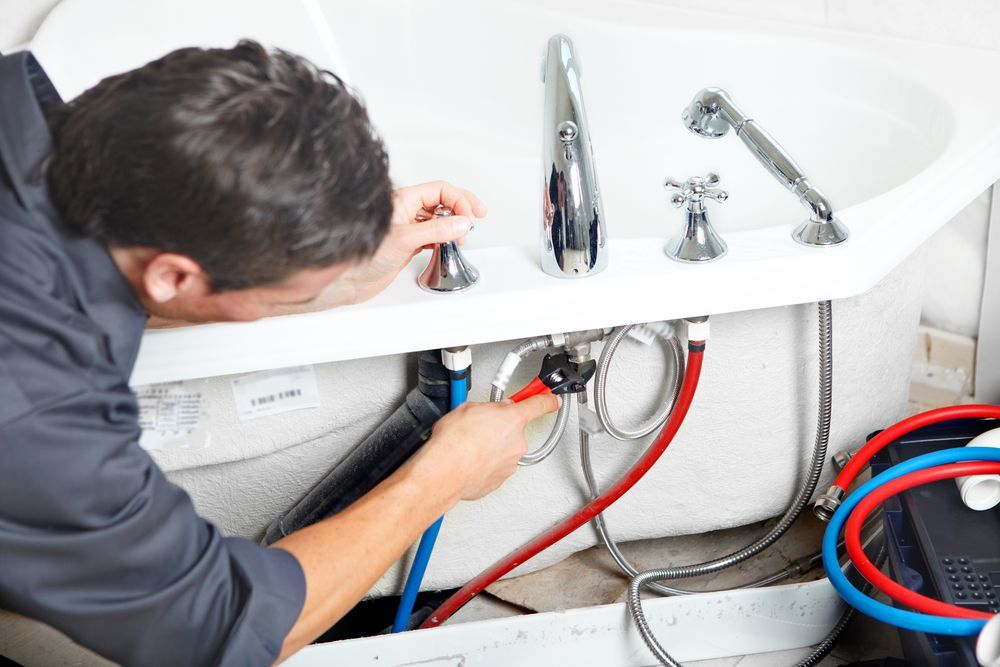Top 10 Tips for Unclogging a Stubborn Sink Drain
Dealing with a slow or completely blocked sink drain? It’s one of those frustrating household problems that always seems to strike at the worst possible time. Whether it’s water pooling in the kitchen sink or a bathroom basin that won’t empty, clogs are a common nuisance—but with the right approach, they don’t have to ruin your day.
Many blockages can be resolved with simple DIY methods, saving you time and the cost of calling in a professional. That said, not every clog will go quietly. Some problems run deeper in your plumbing and need the right tools and expertise to avoid worsening the situation.
In this blog, we’ll share 10 effective tips for unclogging a stubborn sink drain, outline common mistakes to avoid, and explain when it’s time to hand things over to a
licensed plumber. If you’re based in Dubbo and tired of battling recurring sink issues, read on to find out how to clear things up safely and efficiently.
1. Try Boiling Water First
Sometimes the simplest solution is also the most effective. Boiling water can help dissolve soap scum, grease, and other residues that are slowing your sink down.
How to do it:
- Boil a full kettle of water.
- Slowly pour it down the drain in stages, allowing a few seconds between pours.
This method works best for minor clogs caused by buildup and is safe for most sinks.
2. Use a Sink Plunger
A sink plunger can often dislodge more stubborn blockages using suction. It’s particularly helpful for clogs located just below the drain opening.
Steps to follow:
- Block the overflow hole with a damp cloth.
- Fill the sink with enough water to cover the plunger’s head.
- Position the plunger over the drain and plunge firmly several times.
If the water starts draining freely afterwards, you’ve successfully removed the blockage.
3. Check & Clean the Sink Stopper
Bathroom sinks, in particular, often clog due to hair, soap, and grime collecting around the stopper. Removing and cleaning it is a quick and straightforward fix.
Tip: Unscrew or lift out the stopper and use a small brush or wire to remove the gunk. Rinse thoroughly before replacing. Regular cleaning of the stopper prevents blockages and helps maintain proper drainage, reducing the chances of buildup that could lead to bigger plumbing issues down the line. This simple maintenance task can save you time and money in the long run.
4. Try a DIY Baking Soda & Vinegar Mix
Baking soda and vinegar can help dissolve organic material and clear minor blockages in your sink drain.
What to do:
- Pour half a cup of baking soda down the drain.
- Follow it with one cup of white vinegar.
- Cover the drain for 5–10 minutes, then flush with hot water.
This method is natural, safe, and great for maintenance, but less effective on severe blockages.
5. Use a Drain Snake (or a Wire Coat Hanger)
For clogs located deeper in the pipe, a drain snake—or even a straightened coat hanger—can be used to physically break up or pull out the blockage.
Instructions:
- Insert the snake or hanger gently into the drain.
- Twist and push until resistance is met.
- Pull out debris or push the blockage through.
Be cautious not to damage the piping, especially if using makeshift tools.
6. Avoid Harsh Chemical Drain Cleaners
While it might be tempting to grab a commercial drain cleaner from the supermarket shelf, these products often contain corrosive chemicals that can damage your pipes over time, particularly older plumbing systems.
Chemical cleaners may also fail to completely clear the blockage, leading to recurring issues or, worse, buildup. If you’re repeatedly reaching for the bottle, it’s time to try another method or call a professional.
7. Clean the P-Trap
The curved section of pipe under your sink (the P-trap) often collects debris and buildup. Cleaning it out manually can resolve many stubborn blockages.
How to clean it:
- Place a bucket underneath to catch any water.
- Unscrew the P-trap and remove it.
- Clean out any gunk inside and rinse before reassembling.
This is a hands-on job, so gloves and old towels come in handy.
8. Prevent Future Clogs with Strainers & Routine Maintenance
Once your drain is flowing freely again, a bit of prevention goes a long way. Use sink strainers to catch food scraps and hair, and avoid pouring grease or oil down the drain.
A weekly rinse with hot water and an occasional baking soda/vinegar flush can help keep things clear long-term.
9. Know When It’s Time to Call a Plumber
If you’ve tried several DIY methods and your sink still won’t drain—or if the blockage keeps coming back—it’s time to seek professional help. Persistent clogs may be a sign of deeper plumbing issues, such as:
- Blocked sewer lines
- Tree root intrusion
- Collapsed pipes
- Grease or debris buildup in the main drain
Calling a professional ensures the problem is diagnosed accurately and treated with the right tools and techniques, saving you stress and potential water damage.
10. Let a Professional Handle the Tough Jobs
Dealing with a stubborn sink drain that won’t budge? Professional plumbers offer prompt, expert help for tough blockages and ongoing drain issues. Qualified technicians use industry-grade equipment such as CCTV drain cameras, hydro jets, and drain augers to tackle even the most persistent clogs.
For safe, effective results without the guesswork, contact a trusted plumbing service to get the job done right.
Need Help Unclogging Your Sink? We’re Ready to Assist
Blocked sinks are a common issue in many homes, but with the right approach, most minor clogs can be handled quickly and safely. From plungers and baking soda to more hands-on methods like cleaning the P-trap, knowing how to tackle a blockage helps you stay in control.
However, some clogs need more than a DIY fix. If your sink remains slow to drain or the blockage keeps returning, it’s time to contact a qualified plumber. For reliable plumbing services in Dubbo,
Nudge’s Plumbing provides expert support to get your sink drain flowing freely again.
Contact us today!
